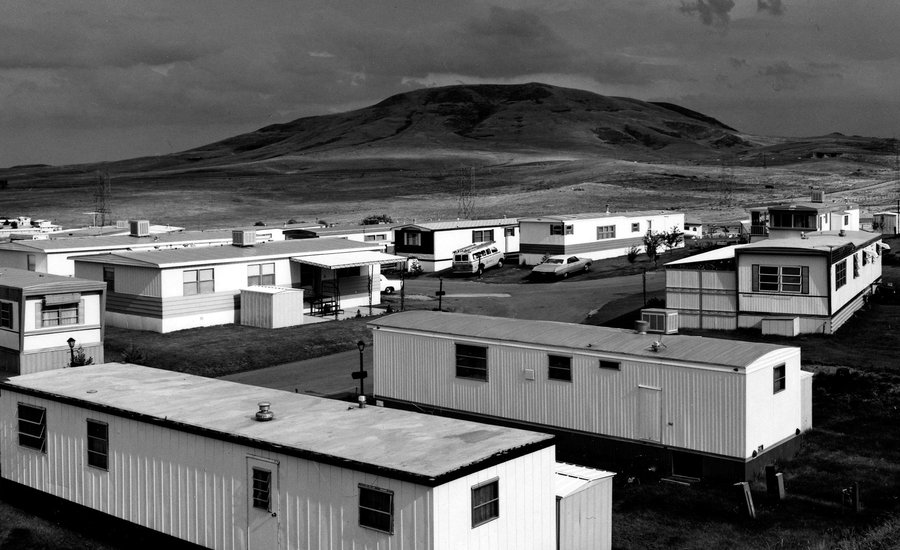
What is it?
The new topographics are pictures that portray unromanticised views of industrial landscapes, and suburban areas, areas that are not normally given a second glance. Its known as ‘The Man Altered Landscape’. It is the examination of the American Landscape in a new way, instead of focusing on natural and pristine scenery like parks they turned there cameras to more suburban things like petrol stations, freeways etc.
Post-War America
The New Topographics movement in America was an attempt to be “objective” about its survey of the West in post-war America.
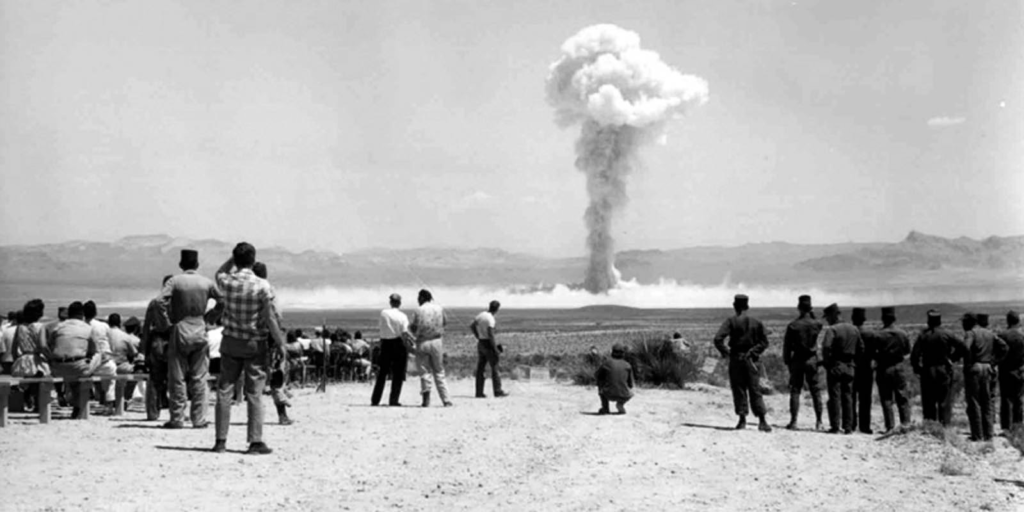
Post-war America struggled with
- Inflation and labor unrest. The country’s main economic concern in the immediate post-war years was inflation. …
- The baby boom and suburbia. Making up for lost time, millions of returning veterans soon married and started families…
- Isolation and splitting of the family unit, pharmaceuticals and mental health problems
- Vast distances, road networks and mobility
The Shift
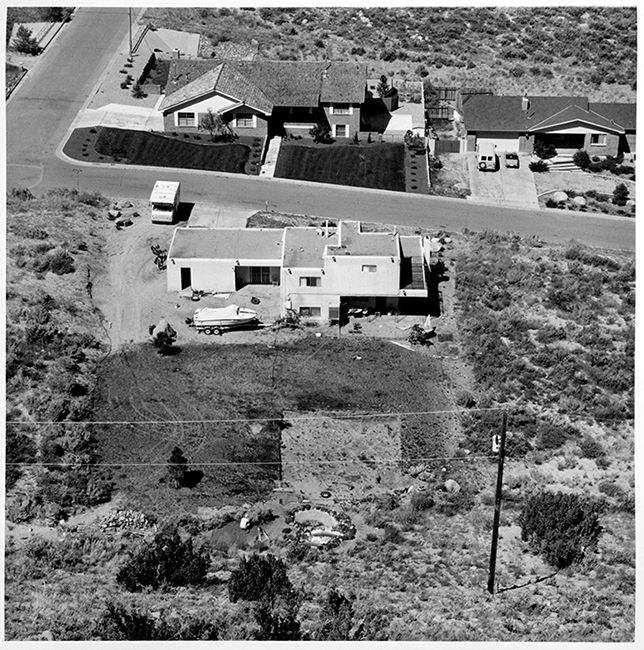
New Topographics represented a radical shift by redefining the subject of landscape photography as the built environment. In the 1920s, Ansel Adams formed an approach to landscape photography that posited nature as separate from human presence. He used vantage points that emphasized the towering scale of mountain peaks, and embraced a wide tonal range from black to white to record texture and dramatic effects of light and weather. What was both novel and challenging about New Topographics was not only the photographs’ content, but how they made viewers feel. By foregrounding, rather than erasing human presence, the photographs placed people into a stance of responsibility towards the landscape’s future—a position that resonated with ecology, the branch of environmental thought that was gaining traction in the 1970s.
The Aesthetics
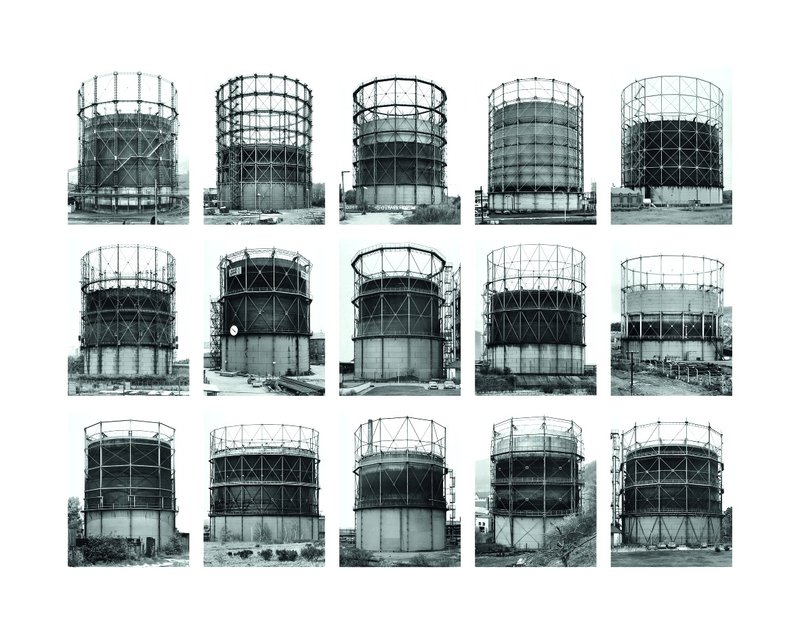
Within these images, for example Robert Adams images, they used very neutral boring lighting, for example they just used day lighting, such as the sun shining bright in the middle of the day. This wouldn’t give as good of results as sunset or sunrise, and the sun would be very in the middle of the sky, just shining bright, and there wouldn’t be much room for movement, for example when sunset the sky changed shade and colours to orange and pinky sky’s, but during the day the sky would just be bright blue, or a gloomy grey.
Artist References
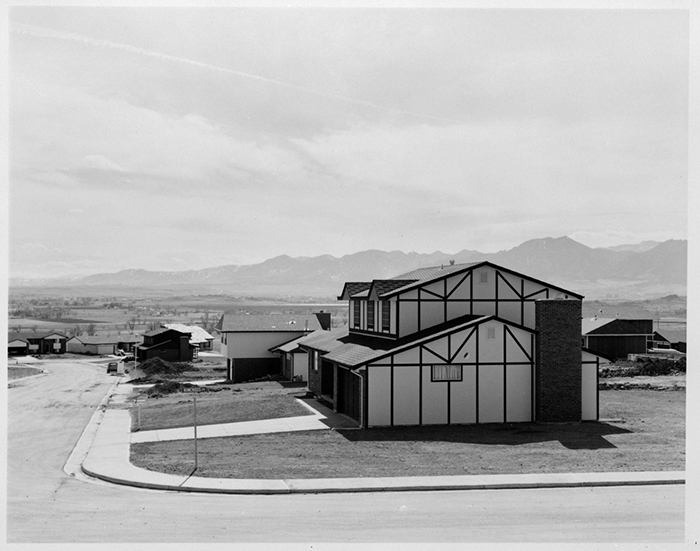
Robert Adams’s (no relation to Ansel) 1973 image Tract house, Boulder County, Colorado. The photograph pictures a two-story house whose half-timber framing appears decorative rather than structural. Recorded under bright noon sunlight, the house’s shadow barely extends into its grassless yard. The flag on the mailbox is up, perhaps to signal the presence of outgoing mail, but there are few other signs of habitation.

Joe Deal photographed new homes and construction sites in Albuquerque, New Mexico from the steep foothills of nearby mountains. Eliminating the horizon from his pictures, he filled each square frame with a dense patchwork of surfaces: driveways, newly cut roads, empty lots, and expanses of brush yet to be tamed. The effect was that the terrain appeared compressed into flatness, encouraging viewers to study the photographs as if looking at topographical maps.Deal enabled his viewers to consider the cost of rapid growth in the fragile desert.
